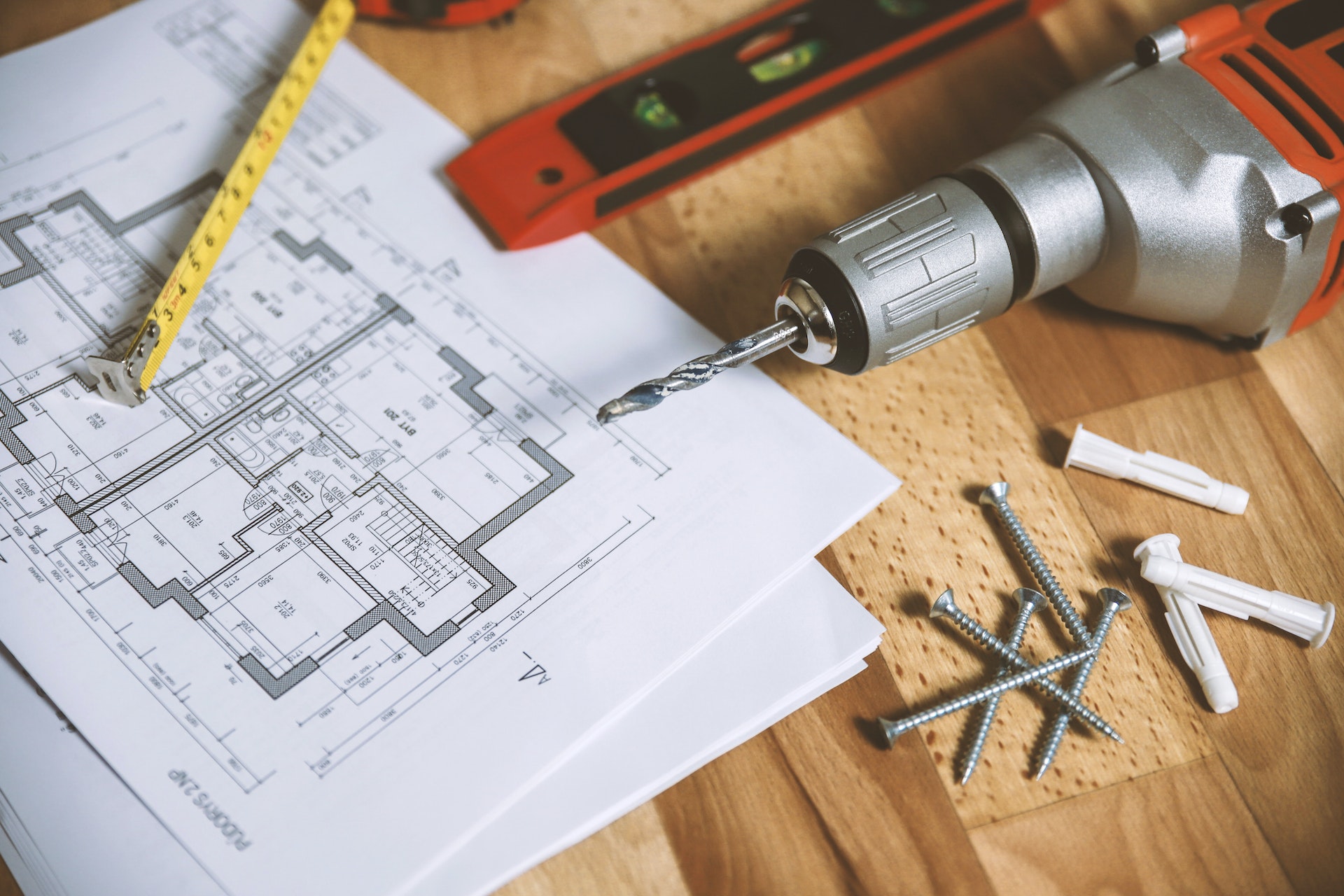Getting the finance in place for major home renovations is going to be an important step here as they can help you find out what you could borrow without affecting your credit score and then help you to secure that vital loan.
So where do you start? It sounds simple, but you need to work out exactly what you want. Many homeowners go into a project blind without a clear idea of what they want to achieve start by thinking about what you want.
The outcome to be, for example, is to add more living space, and another bedroom. Do you want to create more storage space or create more of a live work? Environment? Maybe you’re thinking about making sure your home appeals to a wider pool of buyers when you come to sell, be really clear about what your aim is and keep this in mind. Throughout now set a budget, this is the downfall of many a renovation project.
You need to cost out everything from the start and don’t forget the things that end up blowing the budget rental costs. If you have to move out, while the work is done, new furnishings and fittings professional fees, and the must-have that too many homeowners neglect the contingency fund, a good rule is to anticipate overspending by around 10 to 15 and factor this in accordingly.
You never know what’s behind walls or above ceilings, once you start next, make sure you’re actually allowed to do the building work. For example, if you live in a listed building or have any restricted covenants, your project might grind to a sudden halt.
Also, make sure your property can take the necessary changes, load-bearing walls, damp cracks, etc should all be looked at by a specialist. In some cases, you can extend your house without planning permission.
However, it’s essential you check with the planning office at your local authority as each one has its own guidelines, and if you fall foul of the rules, they can force you to remove the work you’ve carried out.
It’s also worth remembering that having planning permission for a project can add value on its own. Even if you don’t do the work and do get your neighbors on-site show them your plans share, time, scales, and so on, which hopefully lessens the chances of them objecting.
Now, plan for the worst, it’s essential to have a plan b, c, and d. How will you cover any unanticipated costs? What happens if the project runs over schedule or if you have to move out for part of the work, the more prepared you are, the better and a major part of this is creating something called a schedule of works which will help keep things on track.
This should outline every single job and cover everything from making planning site access to snagging and decorating. Many homeowners choose to manage a project themselves, which means coordinating all the individual tradespeople.
This can save five to fifteen percent of your costs, but project management can be tough if you’re not experienced, alternatively, appoint an architectural contractor or project manager to oversee your project.
It will save you a lot of time and hopefully minimize some of the risks, regardless of who’s. Managing the renovation. You’ll want to be involved in choosing the tradespeople and specialists. You need always ask for references from previous clients check reviews and in some cases, you might be able to view the work they’ve done in the past.
I hope this has given you a head start on planning major home improvements.
